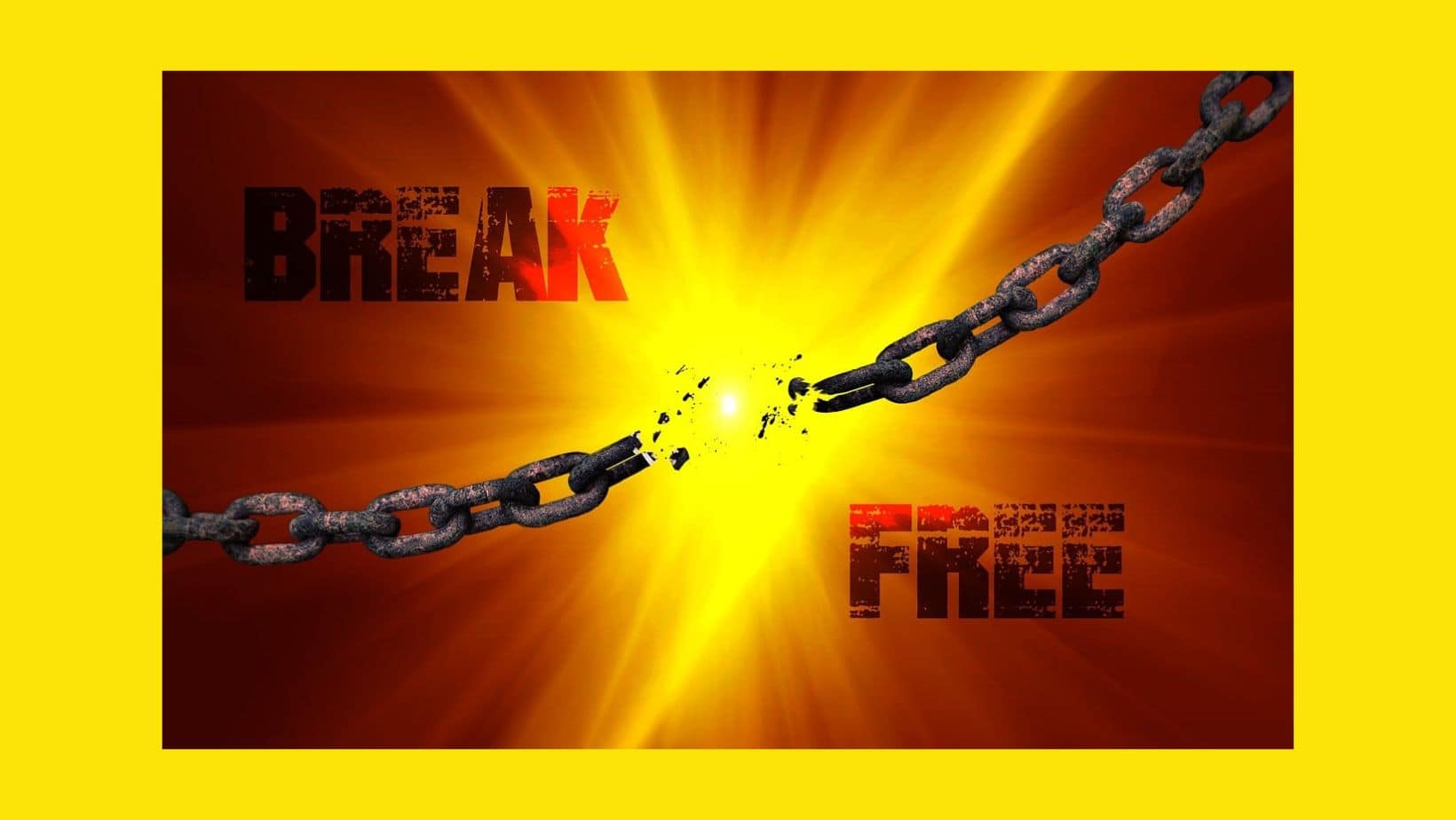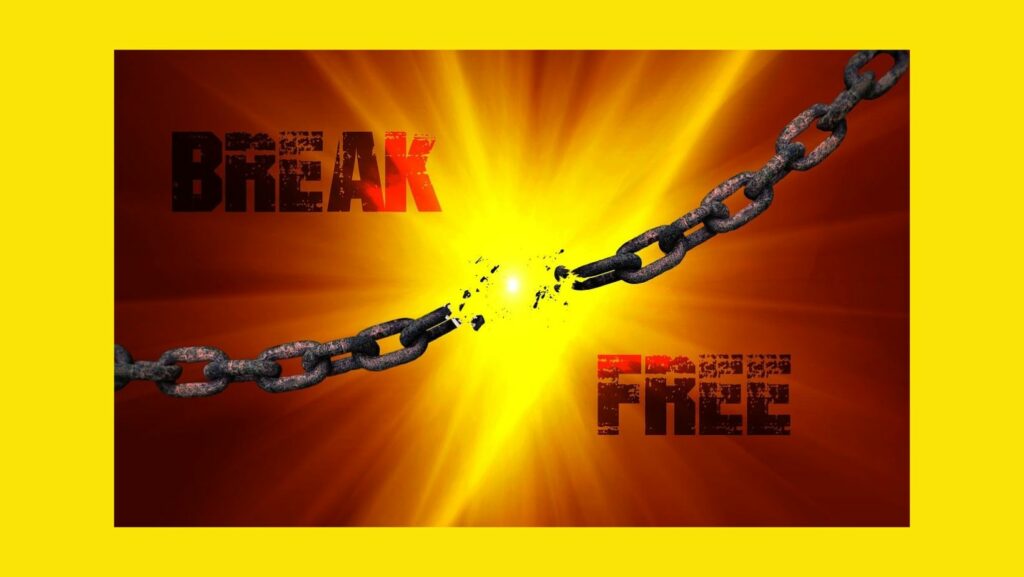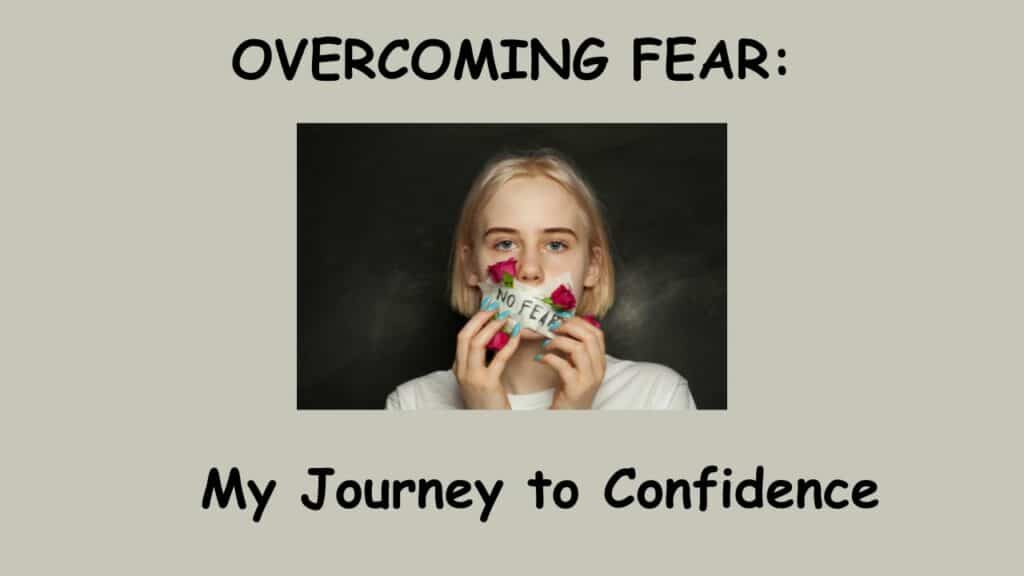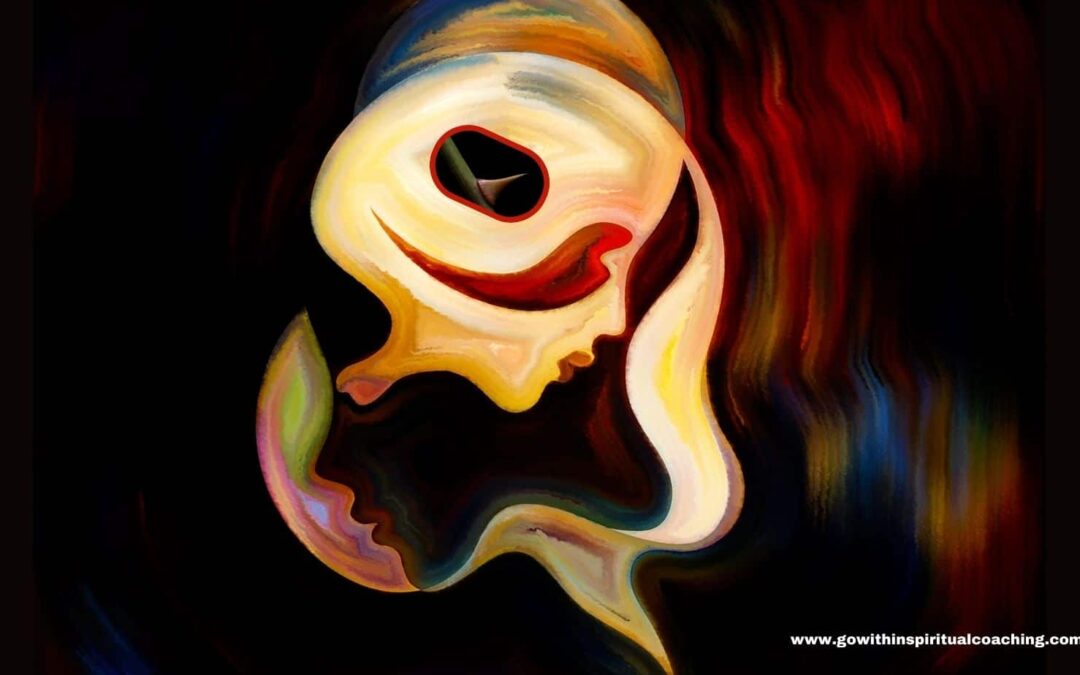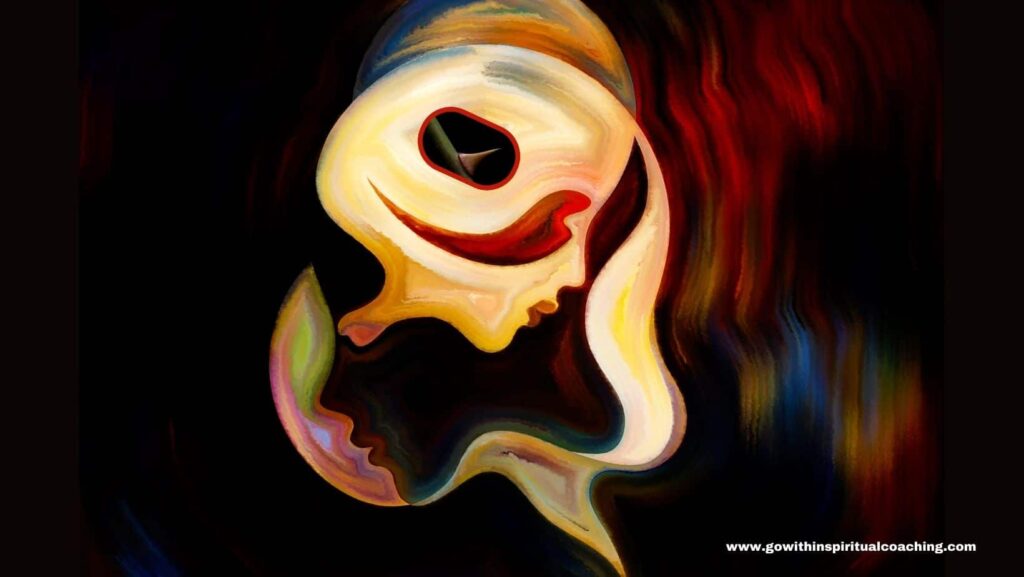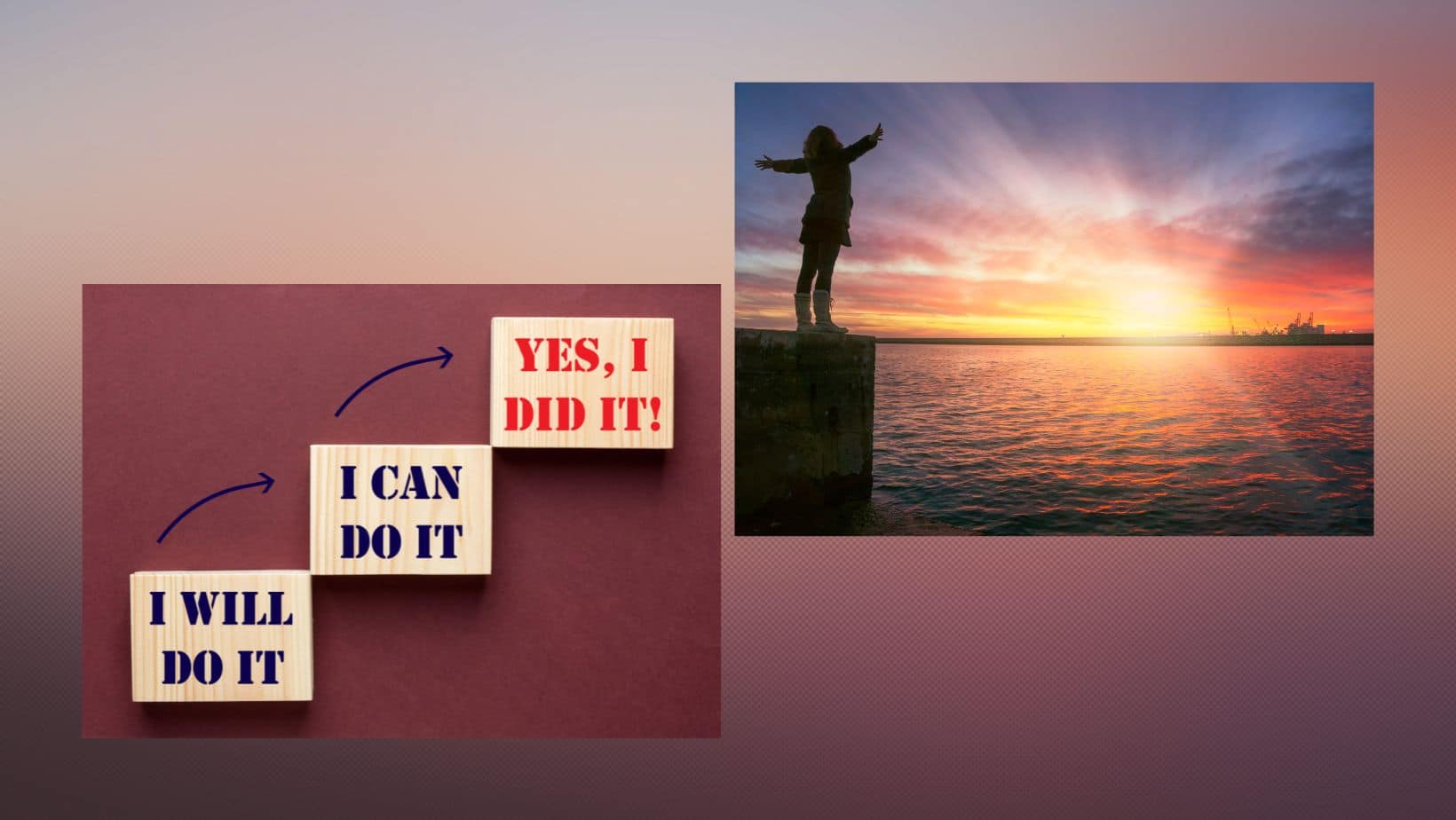
Keeping Your Word To Yourself
by Debbie Gill | Feb 6, 2024 | Blog
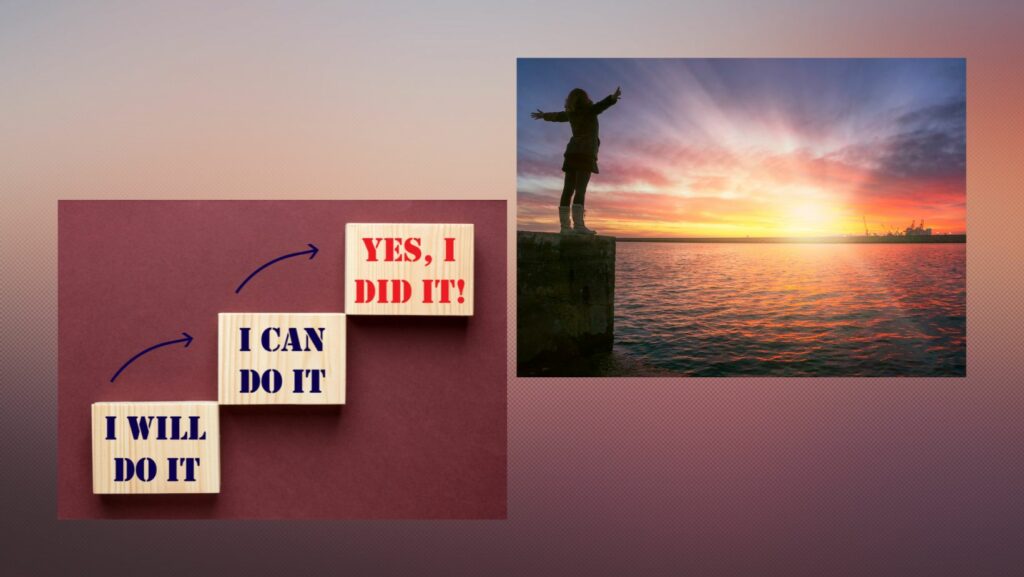
DO YOU KEEP YOUR WORD TO YOURSELF?
Today, I am thrilled to share a piece that has emerged from the very core of my being — a blog post that delves into the intricate layers of “Embracing the Power of Keeping Your Word to Yourself.”
Rooted in my 23 years of sobriety and the shadows explored in my memoir, “Struck by Lightning: My Journey from the Shadow to the Light,” this concept transcends the surface of commitments. It’s a pilgrimage into the essence of reclaiming our confident selves.
HERE’S WHAT I I’VE EXPERIENCED AND LEARNED WHEN EMBRACING THE DEPTHS of my inner world by delving into the complexities and challenges of personal growth and self-discovery. It’s about exploring the intricacies of our thoughts, behaviors, and emotional patterns, particularly in keeping promises to ourselves. The “depths” represent the various layers of our inner selves, including both the positive aspects of growth and the challenges associated with self-betrayal or unfulfilled promises. The journey involves navigating these depths to foster personal development and a more profound connection with oneself.
Building Trust with Yourself: Keeping promises is like building trust with yourself. It shows that you can rely on your own word, creating a stronger connection with your inner self. Trust, delicate and profound, is woven through the commitment to oneself. Fulfilling promises becomes sacred, strengthening the unspoken bond with your inner self. This trust serves as a guiding light, illuminating the path of self-discovery.
Boosting Confidence: When you keep your promises, it boosts your confidence. It’s like telling yourself, “I can do this!” and becoming more self-assured in the beautiful journey of life. Confidence isn’t just a fleeting emotion; it’s a reservoir of inner strength. Each promise kept conveys resilience, embracing your authentic self as you unravel the threads of your journey, life weaving together moments of joy, adversity, and growth. This reservoir becomes a source of courage during life’s inevitable challenges.
Aligning with Your Values: Promises are like actions that show your values. It’s about doing things that match your beliefs, creating a sense of purpose and fulfillment in your life. Promises echo our values, resonating through our choices. It’s a deliberate dance with authenticity, a conscious step into the rhythm of our core beliefs. This alignment creates a harmonious symphony, fostering a sense of purpose and fulfillment.
HERE’S WHAT I’VE EXPERIENCED AND LEARNED ABOUT NAVIGATING THE DEPTHS of the process of dealing with the challenges and complexities that arise when promises to oneself are not kept. I confronted issues like self-betrayal, stagnation, and the toll on well-being. The term emphasizes the journey of understanding and addressing these challenges, unraveling the stagnation, mitigating the emotional toll, and ultimately navigating the paradox of moving forward while acknowledging when I was wrong. It’s about actively engaging with and overcoming the obstacles that may arise on the path to personal growth and self-discovery.
Confronting Self-Betrayal: Not keeping promises can feel like betraying yourself. It’s like losing a part of who you are. Confronting self-betrayal means finding those lost pieces and bringing them back. It’s a journey into the shadows, where broken commitments signal a departure from the sanctuary of self-love and trust. Confronting self-betrayal becomes an invitation to reclaim lost parts of oneself.
Unraveling Stagnation: It’s like being stuck in one place when promises are broken. Stagnation becomes familiar, and the desire to grow feels far away. Unraveling stagnation means having the courage to move forward into new and exciting parts of your life. Broken promises act as anchors, keeping us tethered to the shores of the past. Stagnation becomes a familiar landscape, and the yearning for growth becomes a distant echo. Unraveling stagnation involves the courage to cut the anchors and set sail into the uncharted waters of personal evolution.
Mitigating the Toll on Well-Being: Not keeping promises can affect your feelings. Stress and anxiety become companions, casting shadows on our mental and emotional landscape. The toll on well-being is profound. The dissonance between aspirations and actions creates a symphony of unrest within. Mitigating this toll means finding things that make you feel good, mentally and emotionally.
How do you navigate the delicate dance of keeping promises to yourself, and what revelations have you unearthed in the process?
I encourage you to schedule a complimentary Discovery Call where you receive your personal roadmap showing you the next best steps to take to start keeping your word to yourself. It’s the beginning of learning to step into your confidence to be the person you were born to be.
You need it.
The world needs it.



